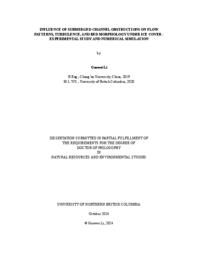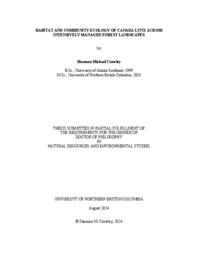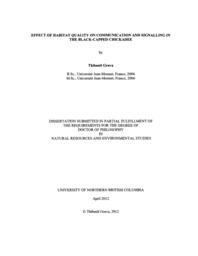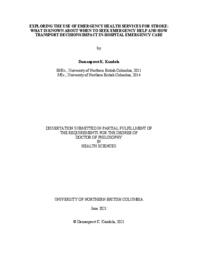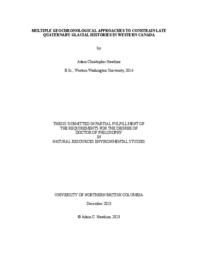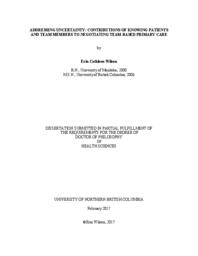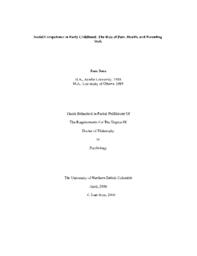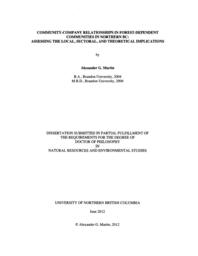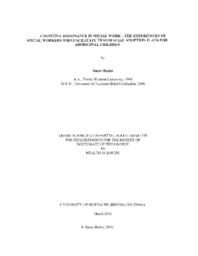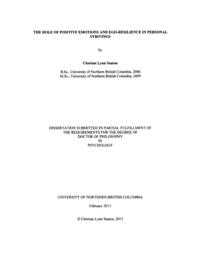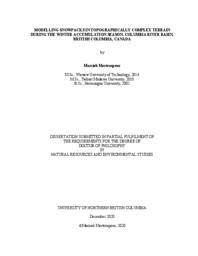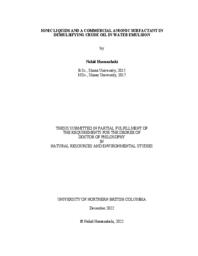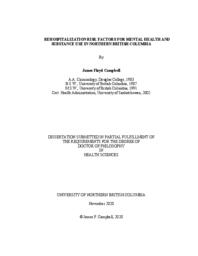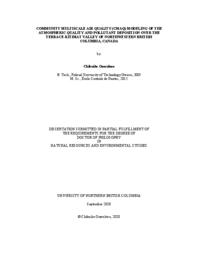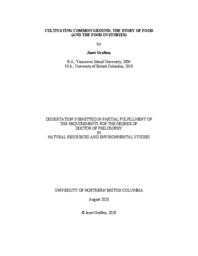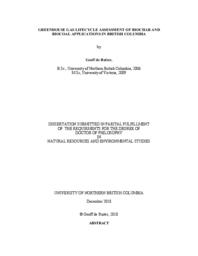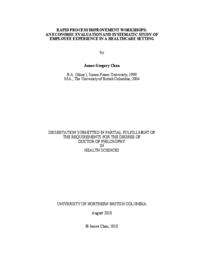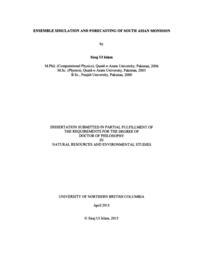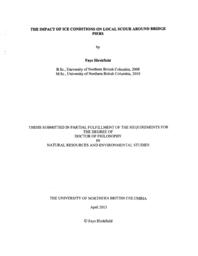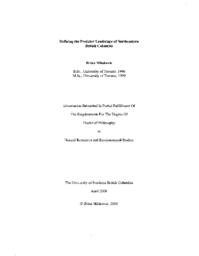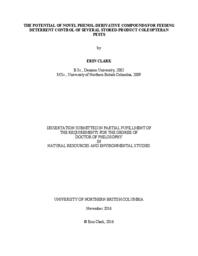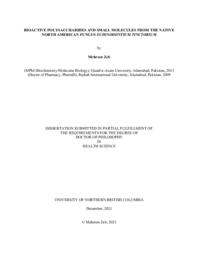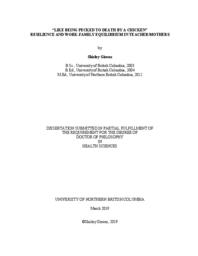Digital Document
Transport practices for seeking emergency stroke care remain largely underresearched and poorly understood, particularly for individuals living in small urban, rural, and remote regions. This multi-method study aims to address this knowledge gap and…
Digital Document
My dissertation investigates late Pleistocene and Holocene glacier change in western Canada and is presented in five chapters. In chapter one, I discuss the importance of the cryosphere, the techniques used for reconstructing past glacier behavior,…
Digital Document
This dissertation investigates winter accumulation and snow cover change in the Columbia Mountains of British Columbia. In chapter 1, I start with an introduction that describes the study area, and then outlines the objectives and structure of this…
Digital Document
Crude oily wastewaters generate widely in industries and marine oil spill operations. Crude oily wastewaters contain stable oil in water emulsion (O/W), and their treatment has been challenging. Crude oil has toxic compounds for humans and the…
Digital Document
Mental health and substance use (MH&SU) rehospitalization rates are used as indicators of treatment quality, to reduce costs, and measure efficacy. Research on this topic in rural Canadian hospitals and communities is lacking. This study used…
Digital Document
Tracking the effects of air pollution from industries is important for developing management strategies under changing emissions. However, computational tools for air pollution assessment often do not elucidate modeling uncertainty, making it…
Digital Document
Demystifying the story of food – from seed to store to stomach and how that cycle perpetuates – is a core tenet of food literacy and the central aim of this project. While exposure to environmental issues is critical to developing awareness, young…
Digital Document
Biochar, a form of black carbon produced from pyrolyzed biomass, has been touted as a product that may suppress agricultural soil emissions while also sequestering carbon. BC Biocarbon LTD, a recently established company in McBride, BC, has…
Digital Document
Digital Document
Digital Document
Digital Document
Mushrooms, the fruiting bodies of fungi, are known to be powerful sources of nutraceuticals and pharmaceuticals but there are limited studies focusing on exploring the medicinal value of mushrooms native to North America. Here, I describe the…

